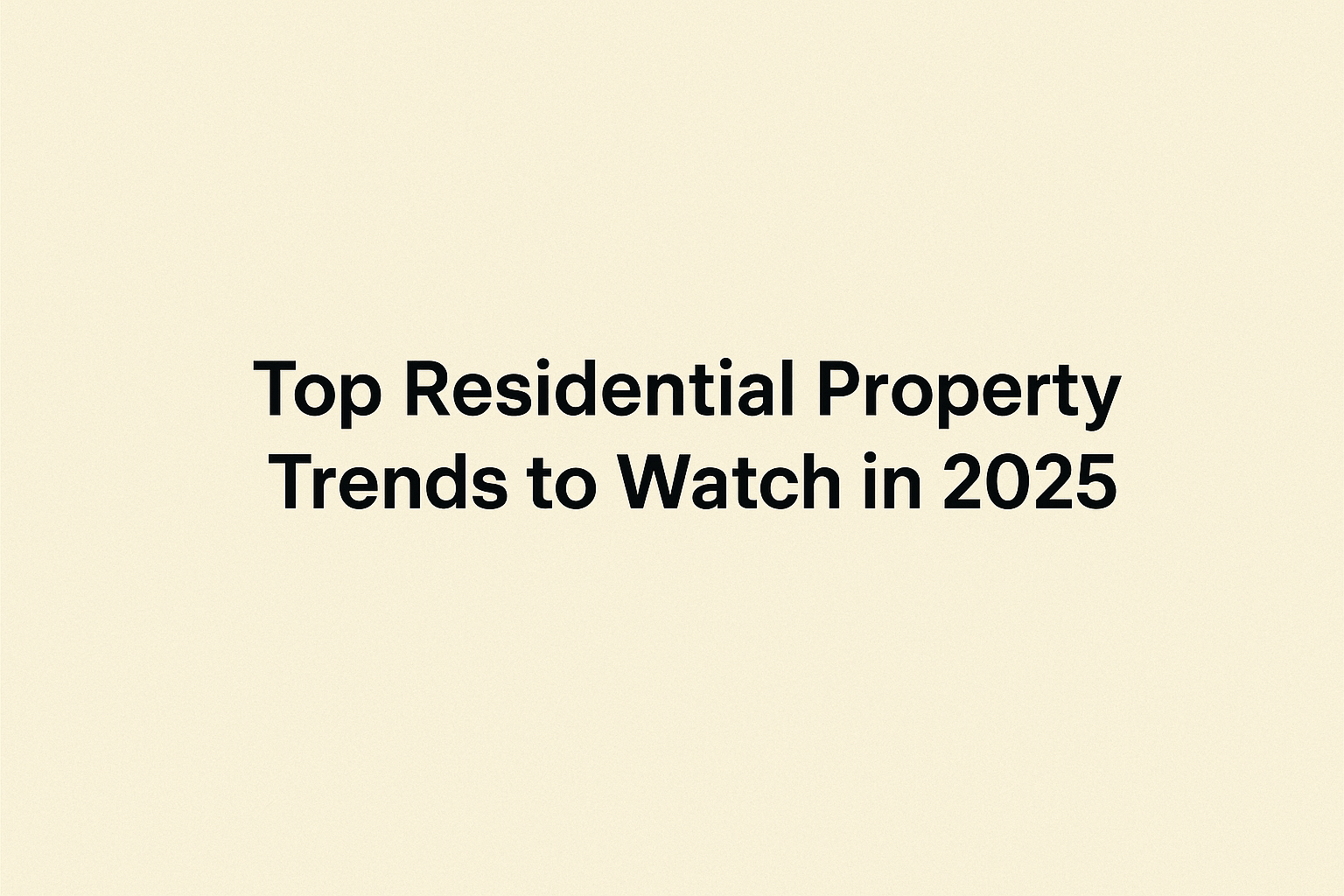The residential property market in India is undergoing a transformation in 2025. As lifestyles evolve, technology matures, and priorities shift, several standout trends are emerging. Whether you are a homebuyer, investor, or real estate professional, knowing these trends can give you an edge. Here are the top residential property trends to watch in 2025:
1. Surge in Premium & Luxury Demand
Even though overall housing sales volumes have shown moderation, the value of home sales is rising — driven largely by luxury and premium segments. In Q3 2025, home sales value in India jumped 14% year-on-year despite flat volume, underlining that buyers are gravitating toward high-end properties.
JLL reports that properties priced above ₹1 crore gained a growing share in the market. JLL Developers are accordingly launching more premium, feature-rich projects to cater to this demand.
2. Growth in Smart & Tech-enabled Homes
Smart homes are no longer just a buzzword — they are becoming mainstream. Buyers increasingly look for homes integrated with automation, voice controls, IoT-based security and energy systems. These homes offer convenience, efficiency, and better resale potential.
In addition, PropTech adoption (virtual visits, AI-driven valuations, digital documentation) is gaining ground in real estate operations and marketing.
3. Green Buildings & Sustainability
Sustainability is gaining serious traction. Green buildings that conserve energy, manage water, incorporate natural ventilation, use solar power, and reduce waste are being prioritized.
Such eco-friendly certifications and features not only attract environmentally conscious buyers, but often lead to operational savings.
4. Rise of Compact & Micro-Apartment Living
As urban space becomes scarce, micro-apartments and compact housing units are becoming viable options, especially for singles, young professionals, and couples. Efficient design, multi-functional furniture, and smart layouts help maximize utility.
These smaller units allow buyers to enter expensive markets at lower cost, and developers can better optimize land use.
5. Suburban & Satellite City Expansion
While prime city centers remain appealing, high prices and congestion push many buyers outward. Suburban areas and satellite cities are seeing renewed demand, aided by better infrastructure (roads, public transit, metros).
Tier-II and Tier-III cities are also witnessing residential growth as people look for more affordable and quieter living options.
6. Mixed-use & Integrated Townships
The concept of integrated townships — combining homes, shops, office spaces, recreation zones — is gaining traction. Residents prefer developments where elements of life (work, play, shopping) are within walking distance.
Such developments often emphasize community living, safety, green spaces, and walkability.
7. Flexible & Co-living Spaces
Flexibility is key, especially for young buyers and professionals. Co-living setups (shared amenities, shared common spaces) and flexible lease models (short-term, serviced housing) are appealing, especially in urban corridors.
Developers are experimenting with hybrid models that combine ownership units with rental or serviced apartments.
8. Focus on Health, Wellness & Amenities
Homes are no longer just about walls and roofs — buyers expect amenities promoting wellness: gyms, yoga zones, walking trails, landscaped gardens, natural lighting, good ventilation, and minimal pollution.
Developers now highlight health-oriented features as a differentiator in marketing.
9. Transparent, Timely Delivery & Trust
After delays and legal disputes plaguing some past projects, buyers emphasize on-time delivery, regulatory compliance (RERA, etc.), and transparent practices. Developers who deliver reliably will gain trust and better reputations.
10. Adaptive & Retrofittable Designs
Homeowners are looking for flexibility, e.g. spaces that can be adapted over time (convertible rooms, movable partitions). Also, retrofitting older homes with smart, energy-efficient upgrades is becoming more common.
Final Thoughts
2025 is shaping up to be a year of refinement rather than revolution in residential real estate. The core themes are quality over quantity, efficiency over extravagance, and sustainability and tech as foundational expectations.
As a buyer or investor, aligning with these trends can help you pick properties that are future-proof, value-accretive, and aligned with modern lifestyles.
"












